For those venturing into Mali, it’s crucial to be aware of the potential encounters with dangerous animals. The country is home to various wildlife species, some of which pose risks to visitors. Being informed about these creatures adds an extra layer of precaution and enhances the overall experience of exploring the unique landscapes and ecosystems in Mali.
Table of Contents
Hippopotamus

The hippopotamus, one of the creatures thriving in Mali, is predominantly found in the southern rivers, including the Niger and Senegalese rivers. These massive animals emerge in the evening or morning to graze on the grass and vegetation surrounding the waterbodies.
Read more: Most dangerous animals in Africa
Growing up to 1.4 meters tall and weighing a colossal 3000 pounds, hippos possess two sharp teeth for defense. They are highly aggressive and territorial, making it crucial for visitors to stay away. Male hippos defend their territories, particularly around rivers and lakes, while females become even more dangerous when protecting their young. Exploring regions where hippos thrive demands situational awareness.
Spotted Hyena
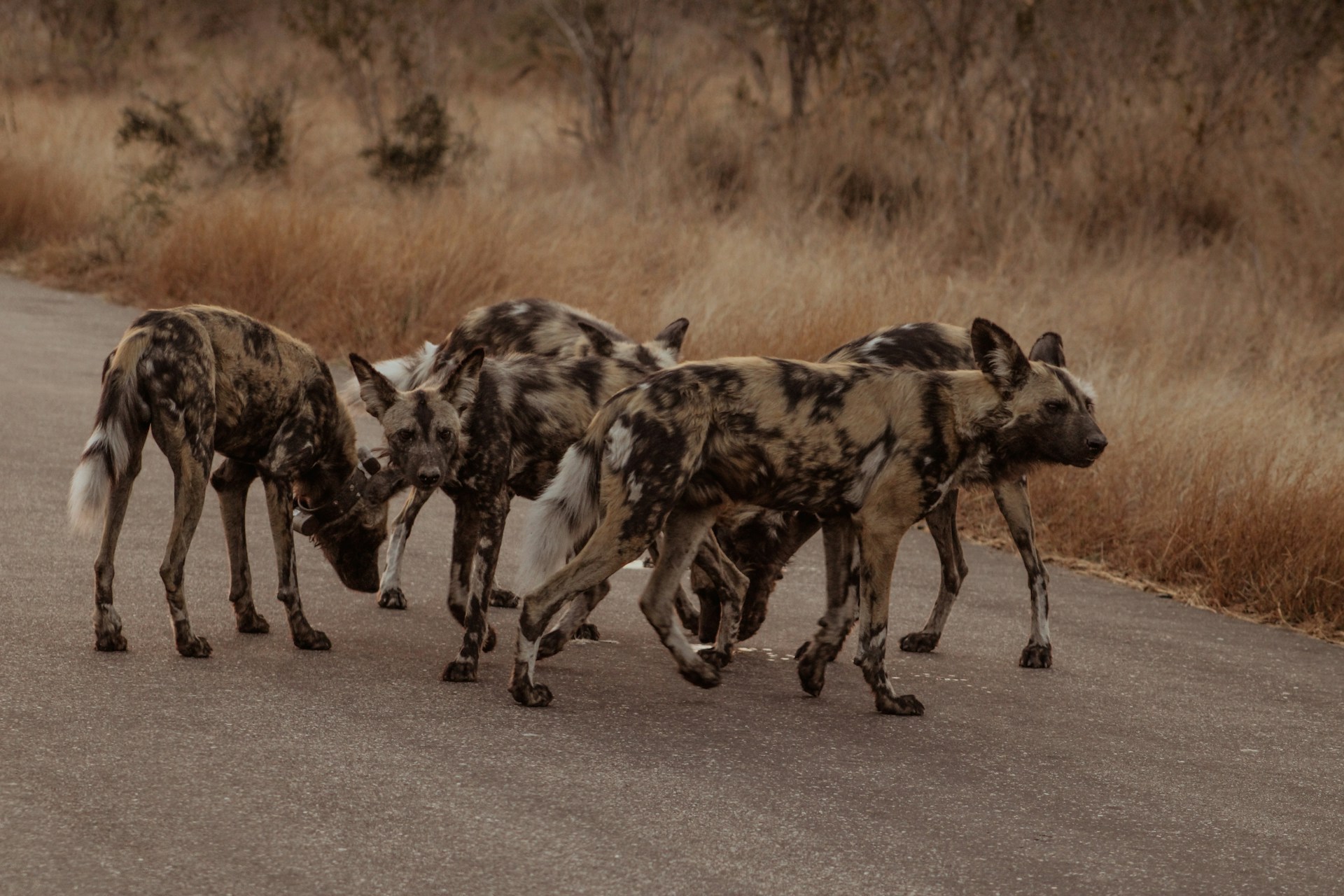
During your trip to Mali, you may encounter spotted hyenas thriving in the wild, particularly in forests where they scavenge for food. Moving in large numbers, these hyenas pose a significant threat due to their pack hunting behavior, causing potential harm to individuals. Equipped with sharp teeth and strong jaws, spotted hyenas are some of the most formidable and dangerous animals in Mali.
Central African Rock Python
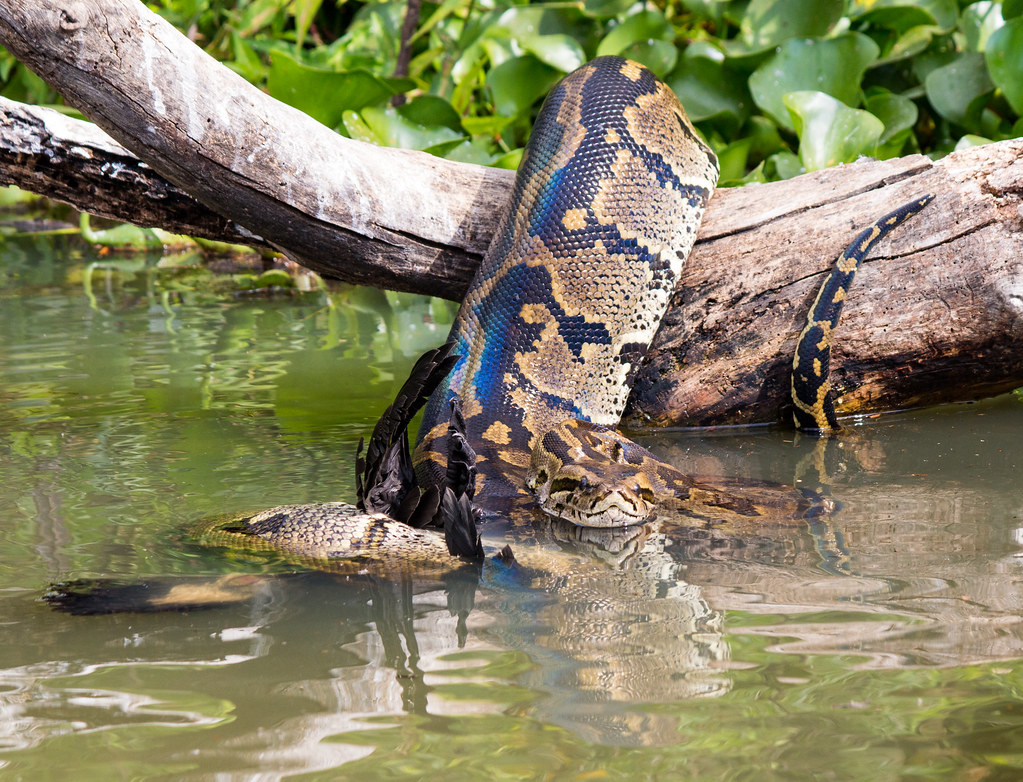
Considered one of the six largest snakes in Africa, the Central African rock python is a dangerous non-venomous species. Growing up to 6 meters in length, these pythons vary in color based on their habitat. Found in grasslands, forests, and other areas with sufficient rainfall, they use their girth to crush prey. Travelers to Mali should be cautious and watchful, as these snakes are adept at camouflaging in their surroundings.
Mosquito
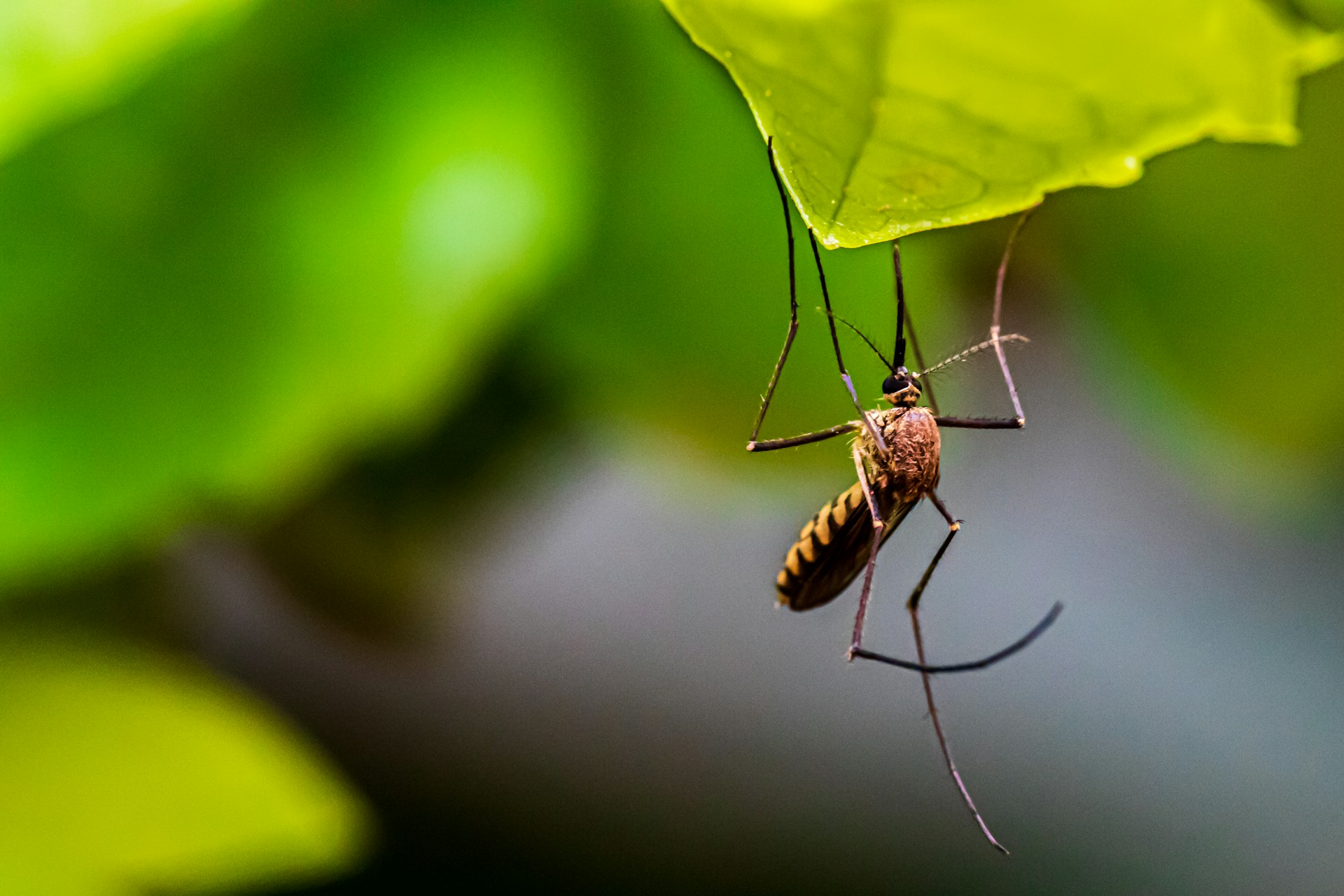
Despite its tiny size, the mosquito is a dangerous animal in Mali, known for transmitting diseases such as malaria. With approximately a million people succumbing to malaria in Africa annually, precautions are essential. Travelers should carry mosquito repellent and a yellow fever vaccine to prevent bites. Sleeping under a treated mosquito net in the evening is advised. Mosquitoes also pose a risk of transmitting other infections, including the Zika virus, Chikungunya virus, and Dengue fever.
Black Mamba
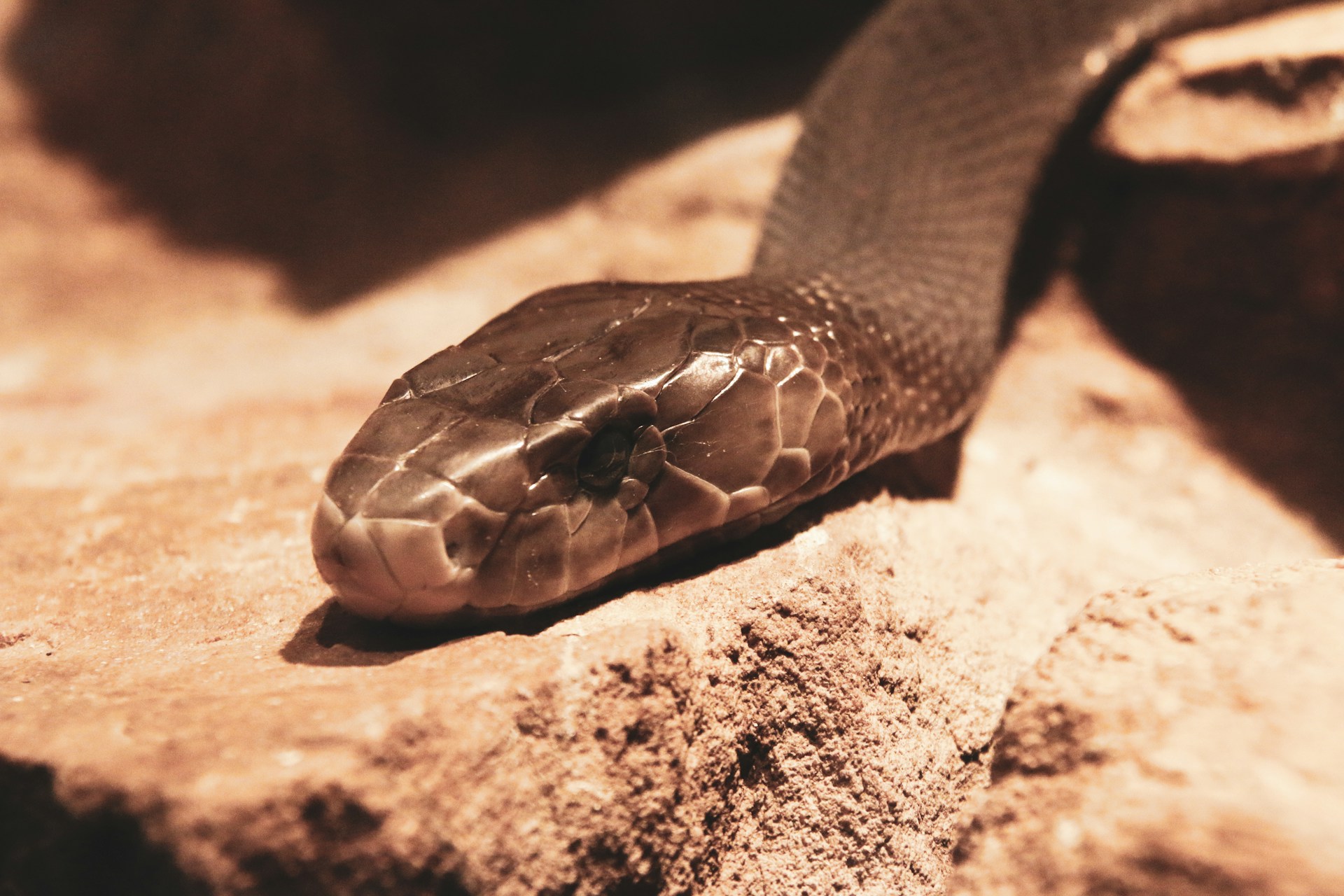
The black mamba, one of the most dangerous animals in Mali and West Africa, is known for its potent venom. Found in various African regions, including central, eastern, southern, and western areas, encountering them during a Mali trip is possible. These snakes are highly dangerous, capable of reaching speeds up to 20 mph in grassland vegetation. Visitors should avoid provoking or cornering them, as a single bite can deliver lethal venom, enough to kill up to 10 adults. Staying in a safe place and refraining from interfering with their natural habitat is crucial when encountering black mambas.
West African Crocodile
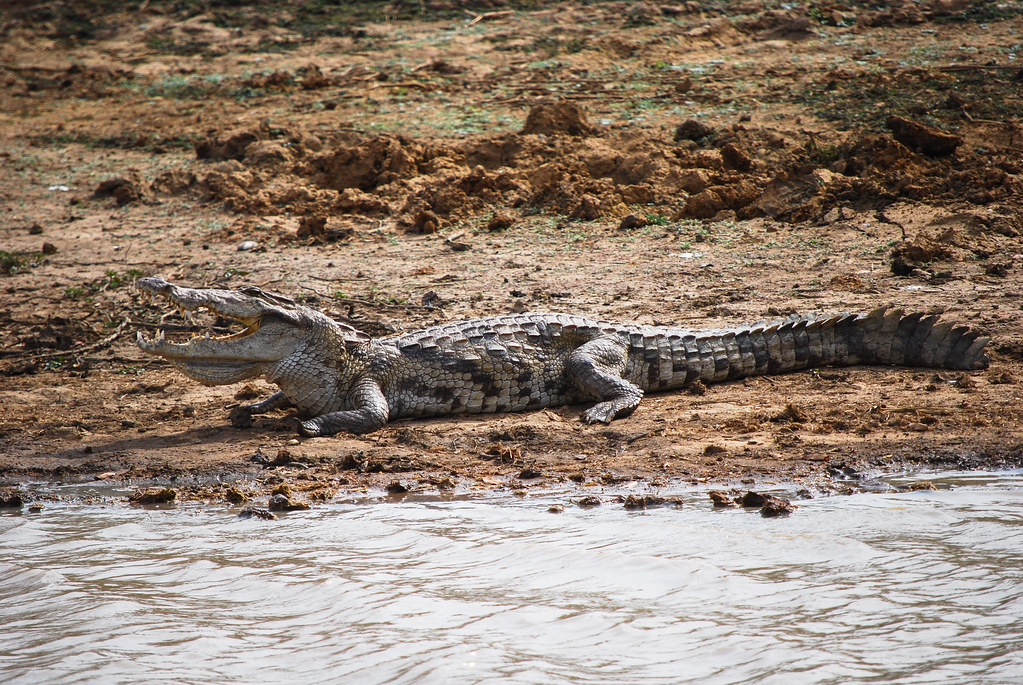
The West African crocodile, distinct from the Nile crocodile, stands as one of the most perilous creatures in Mali. Predominantly found in the country’s wetlands, including rivers, lakes, and various regions, these crocodiles are adept at camouflage, often submerging halfway in the water.
Aggressive and swift, it’s vital to maintain a safe distance, especially along riverbanks and lake areas. With sharp teeth and powerful muscles, crocodiles use these attributes to attack prey. Commonly located in the Niger and Senegal rivers, travelers must exercise caution, and in the unfortunate event of an attack, immediate medical attention is imperative.
Puff Adder
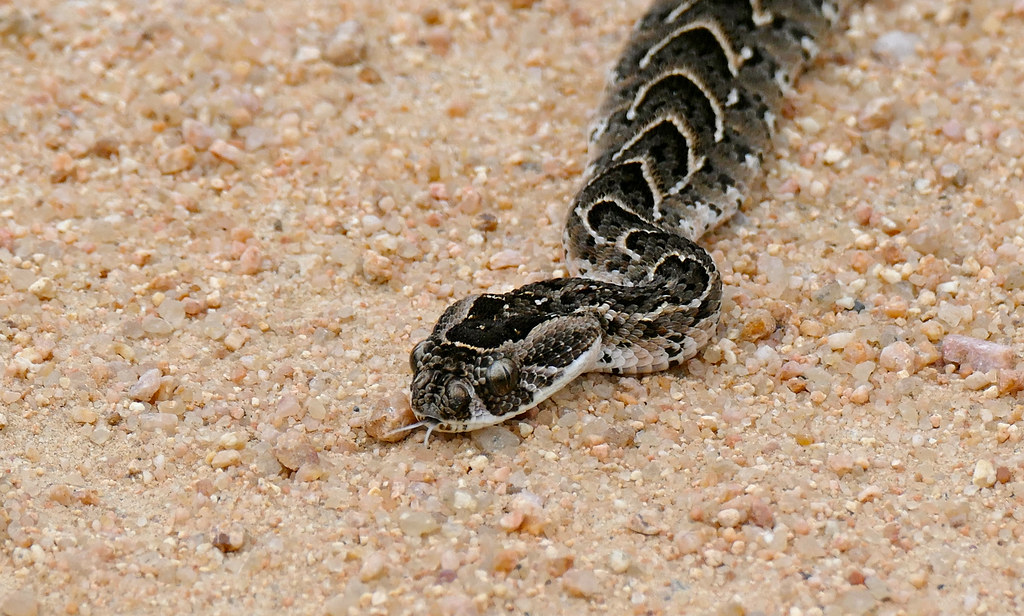
The puff adder, a highly dangerous snake, thrives in Mali’s grasslands, savannah, and other vegetation. Growing up to 3 feet long, these snakes possess strong girth, moving through forest paths and various regions. Depending on the location, colors may vary, requiring individuals to maintain a safe distance due to their ability to strike with fangs releasing potent venom. Puff adders tend to stay still when approached, making them particularly dangerous, as they attack immediately when provoked.
West African Buffalo
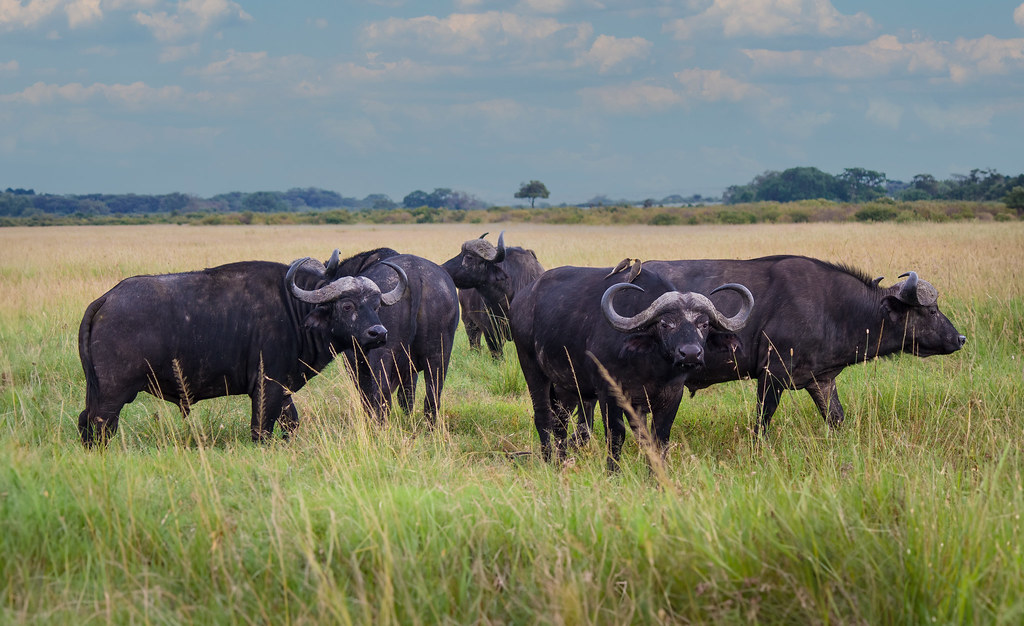
The West African buffalo, found in the southern parts of Mali where forests are dense and grassland vegetation abundant, is a creature to be cautious of. Recent data indicates that buffaloes cause around 200 fatalities annually in Africa. Territorial and dangerous, they move in large herds with two sharp horns used for protection. Buffaloes do not require provocation to attack, defending their habitat aggressively. Weighing over 1500 pounds and standing about 7 feet tall, these creatures, once provoked, may follow and pose an ongoing threat.
African Leopard
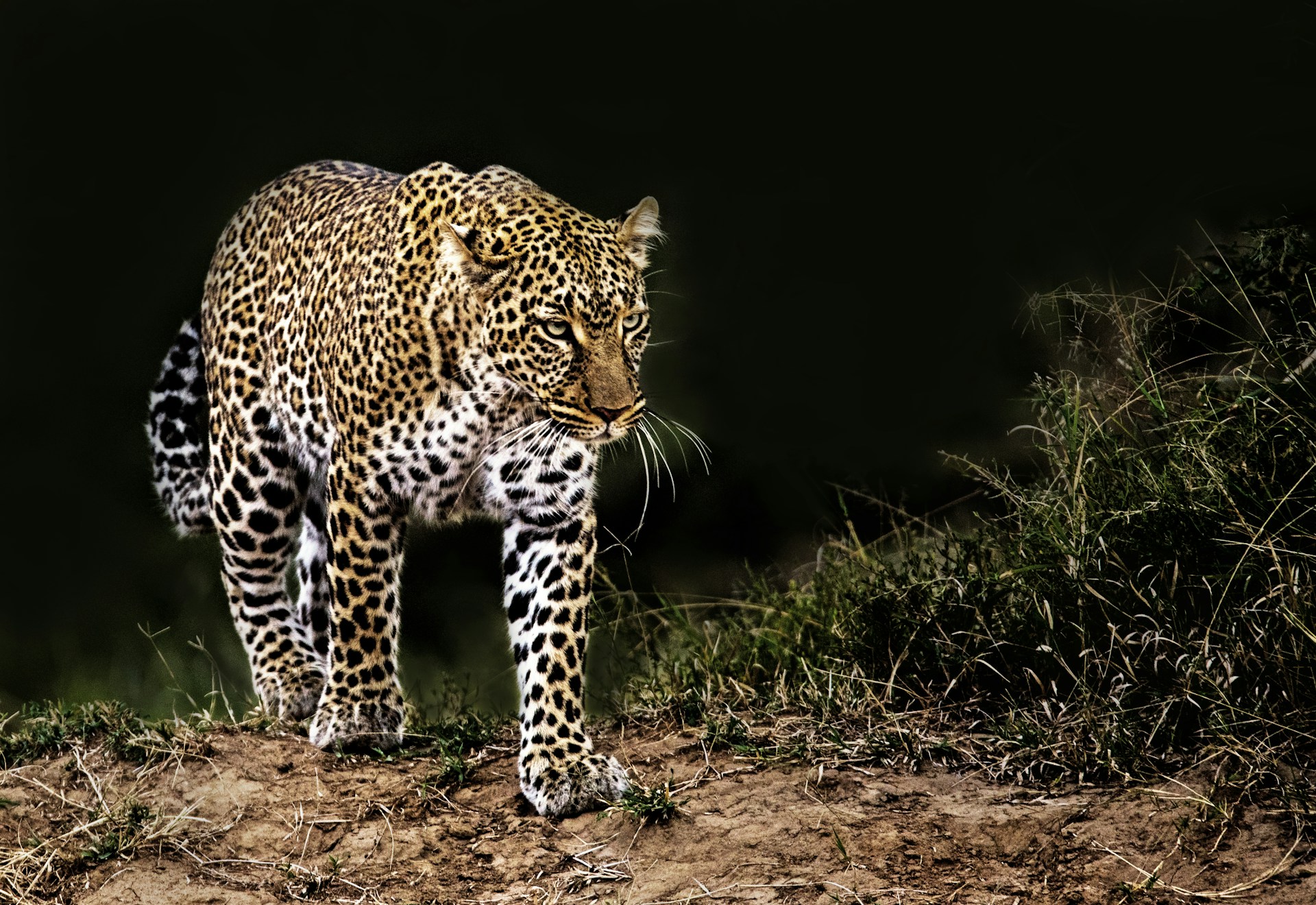
The West African leopard, part of the leopard family inhabiting West Africa, is known for its elusive nature. In Mali’s dense forests, these leopards adeptly camouflage, hiding in trees or caves. Possessing sharp claws and teeth, they swiftly tear apart their prey. Vigilance is crucial during a trip to the area, as these leopards can be challenging to spot.
Elephant
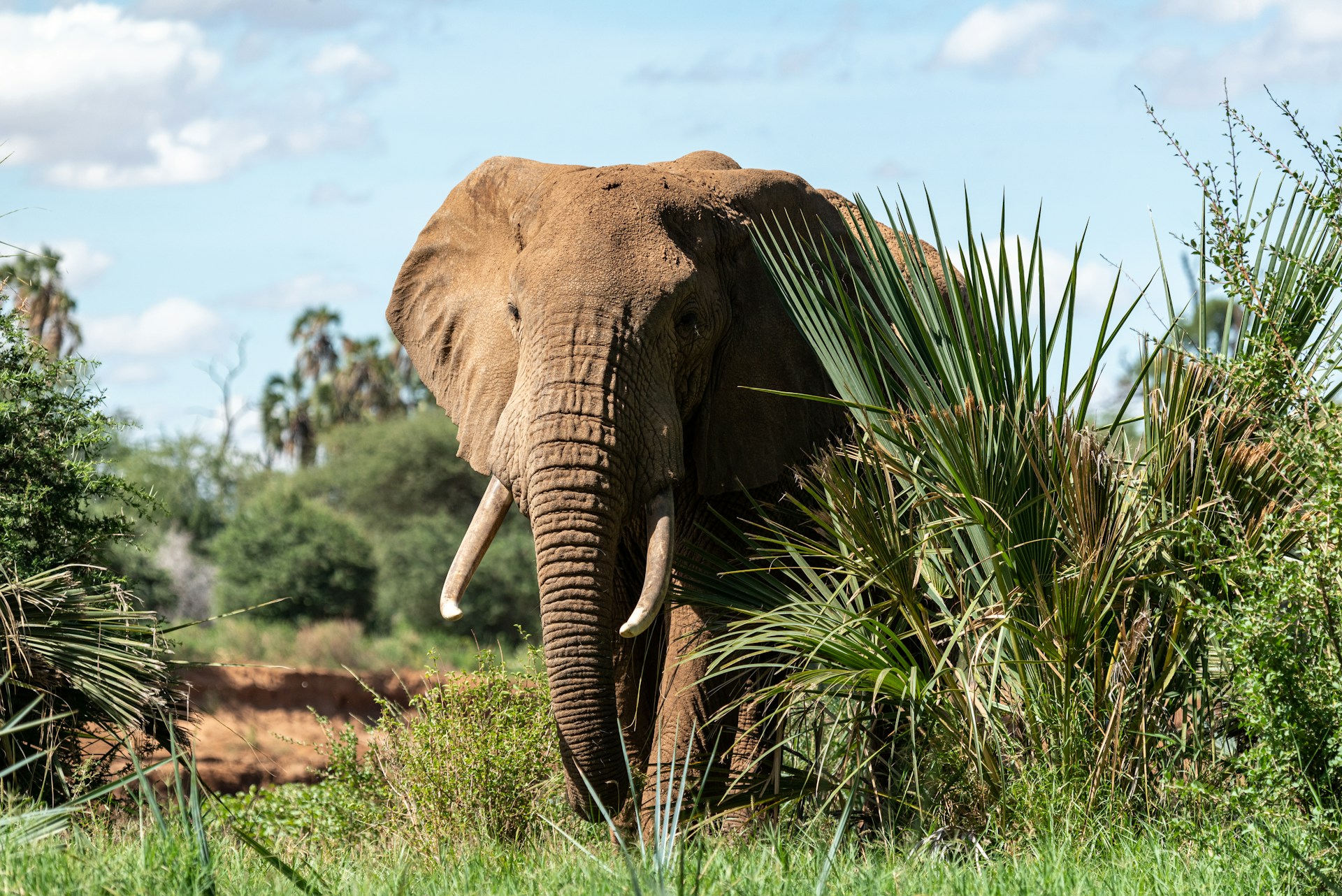
The southern part of Mali, covered by thick forest and grassland vegetation, is home to elephants. Towering at 6 feet tall and weighing over 4000 pounds, elephants use their tusks for protection and to navigate through their environment. While human attacks are rare, it’s essential not to provoke these aggressive and territorial creatures, especially when they have their young nearby. Having a tour guide in unfamiliar areas ensures safe observation without disrupting their habitat.
Emperor Scorpion
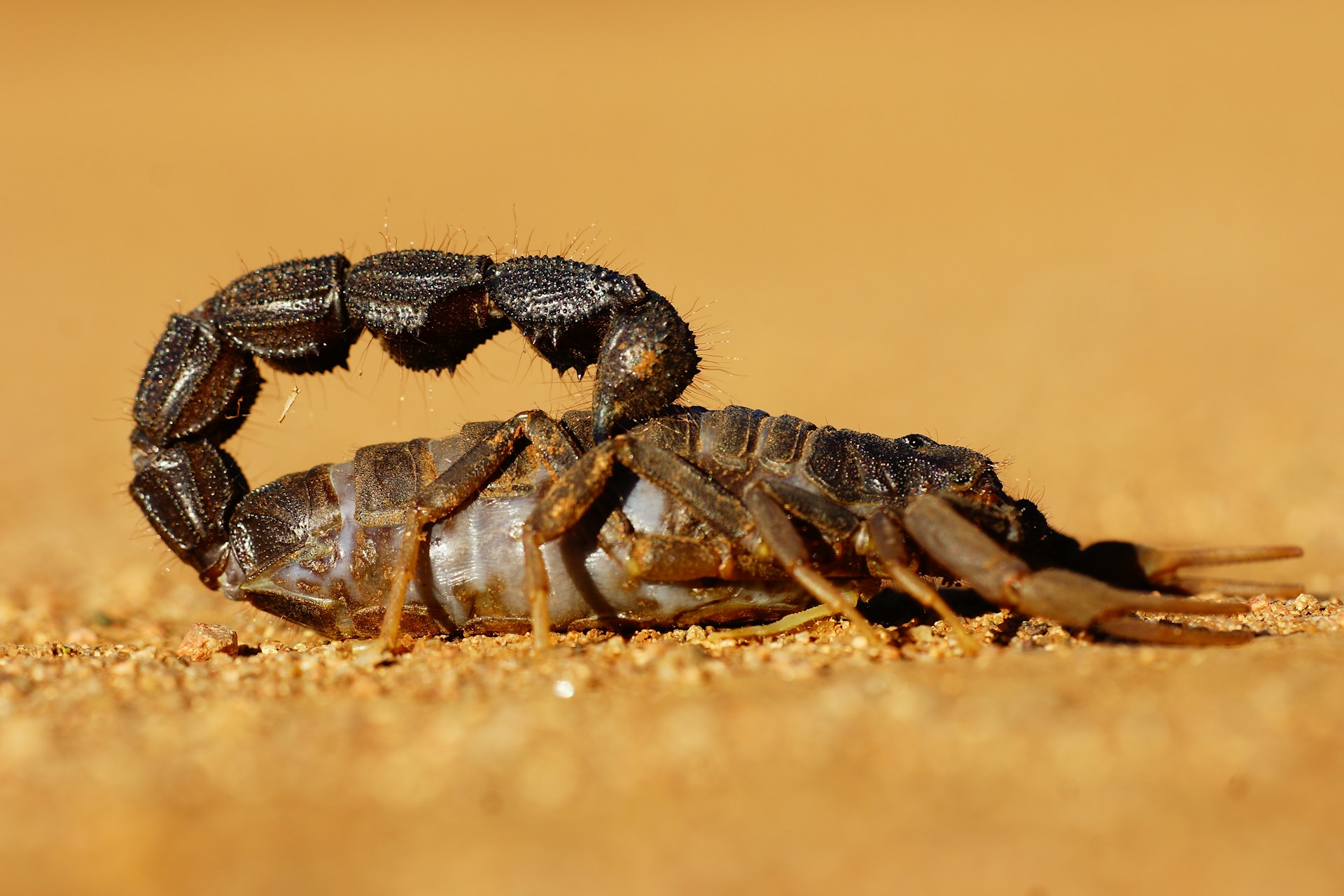
The emperor scorpion, one of the world’s largest scorpions native to West Africa, is known for its considerable size. Unlike regular scorpions, they may sting without provocation, necessitating caution when exploring Mali. While not lethal to healthy adults, the venom can induce severe reactions, particularly in young children and the elderly with compromised immunity. Always exercise care when navigating diverse parts of Mali.
West African Lions
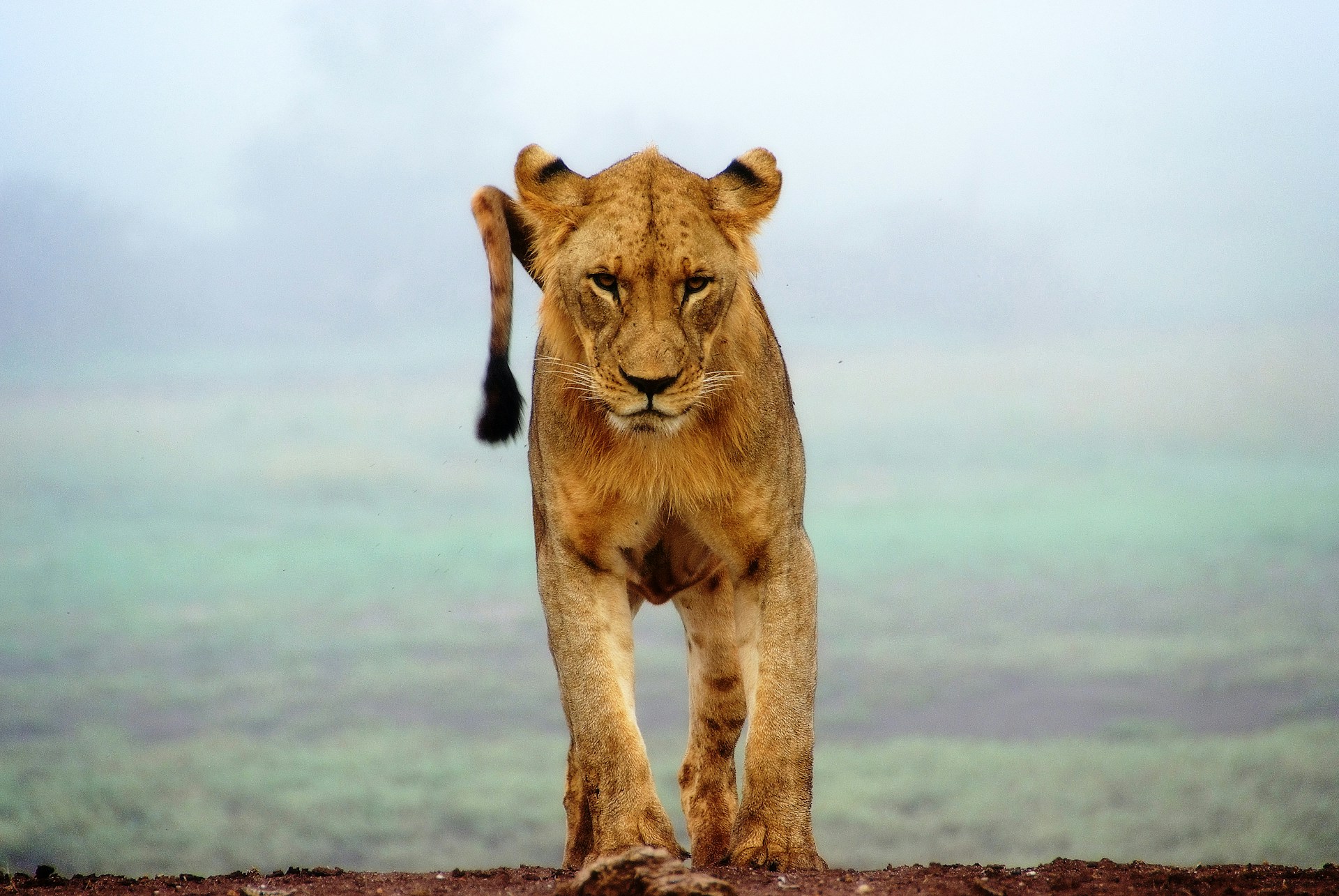
West African lions in Mali, found around the Faleme River and surrounding areas, are formidable apex predators. Highly dangerous and aggressive, maintaining a safe distance is crucial, as these lions possess sharp teeth and claws for hunting. Territorial in nature, they may attack at any moment, especially in the wild. Travelers must exercise caution and, in the event of an attack, seek immediate medical attention.


